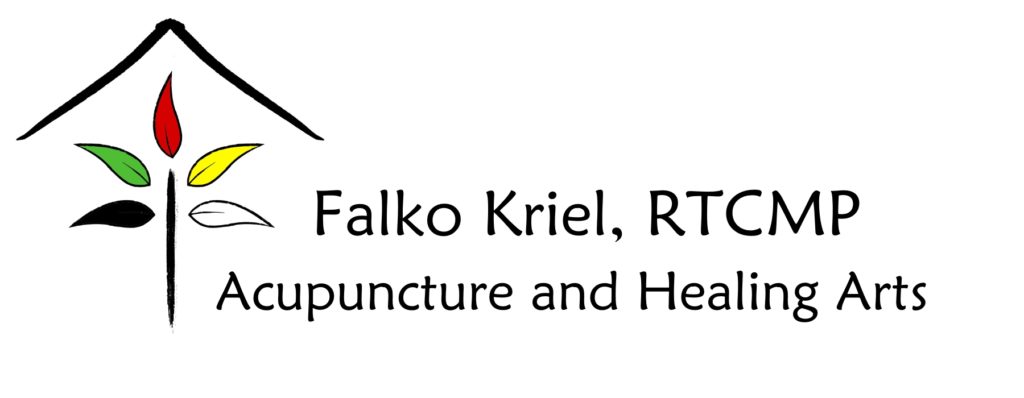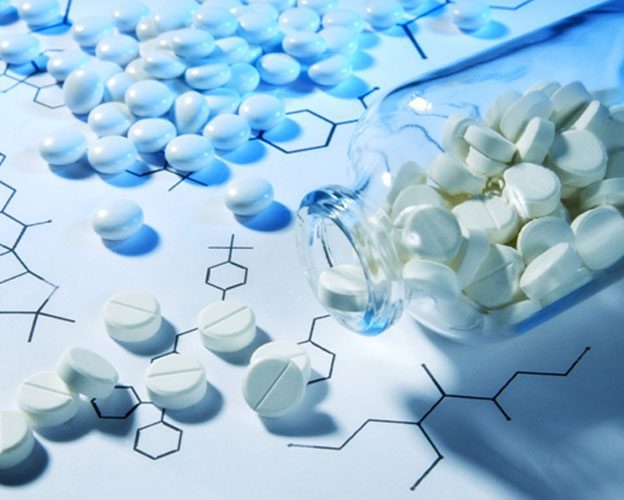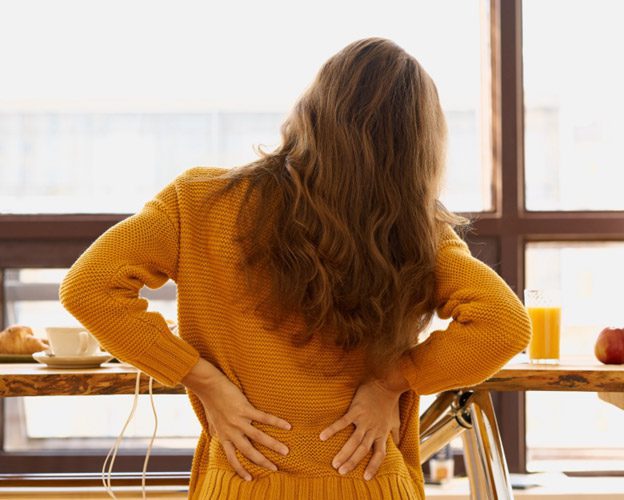I work in a multidisciplinary clinic with Registered Massage Therapistsand other healthcare professionals. “What’s that herbal smell coming from the acupuncturist’s room?” is a common question in our office. Usually, it’s moxibustion, or moxa for short, which is an important component of Chinese and East Asian medicine. Moxa is a special form of heat therapy in which mugwort, specifically Artemesia vulgaris, is burned on or near the body to stimulate acupoints and improve health. The word “moxa” comes from a mispronunciation of the Japanese name “mogusa” in European writings about Japanese culture and practices.
The leaves of the plant are harvested in the Spring to ensure the best quality, dried in the sun, and then processed into varying grades of moxa wool to be used in treatments. Coarser moxa is often rolled into a cigar-like shape with paper and held over the body while being burned, a practice called indirect moxa. The more refined grades of moxa are fluffier and stick together when pressed; these are pinched into cones or grain sized beads and placed on top of acupoints before being burned, a practice called direct moxa. To avoid hurting the patient, direct moxa is removed before reaching the skin and often placed on a barrier such as thinly sliced ginger or garlic.
Moxa is esteemed in the practice of Chinese medicine as a plant with powerful healing properties. When ignited, it produces a deeply penetrating heat that one can feel invigorating the body. Moxa can be used therapeutically for a wide range of applications in the same way acupuncture can. The original name for the practice of acupuncture in China, “zhen jiu”, literally means needle-moxa. It differs from acupuncture in that it produces energy as it is burned, rather than relying on the energy of the body’s own cellular processes, making it well suited for conditions involving cold, stagnation of blood circulation, and weak constitutions. Examples include but are not limited to the common cold, weakened immune systems, traumatic injury, infertility, chronic pain, heart disease, and chronic fatigue syndrome. Moxa on the abdomen can also benefit digestion and metabolism.
What is it that makes moxa so special?
If you held a Cuban cigar next to a moxa roll and compared the heat coming off the end, you would find way more radiant heat produced by this incredible plant.One of the first things patient note is how centering and calming the smell of the can be. From my understanding, similar plants are often incorporated alongside sage for smudging ceremonies in parts of North America and were also associating with healing rituals in ancient Europe. In ancient China, it was believed to have the power to ward off demons and other negative influences in addition to stimulating the body’s self healing abilities.
In modern acupuncture clinics, infrared heat lamps are often used during treatment to provide the same benefits that would traditionally be achieved with moxa. Due to limitations in ventilation, many offices do not allow for lengthy moxa treatments. Smokeless moxa rolls exist and resemble charcoal cylinders, but I have personally never found them to be an adequate substitute for the dried leaves. As a result, I combine the use of the infrared heat lamp with a short application of direct moxa on specific points to allow for both sustained heat and the natural, organic experience of burning the actual plant. The smoke is minimal, and the moxa is extinguished immediately in a small bowl of water kept in my treatment room.
On a final note, there is a famous application of moxa that is a testament to its efficacy and safety. Moxa on the point on the lateral side of the pinky toe, called Zhi Yin, has been observed in traditional Chinese gynecology to have the ability to reposition the fetus in some pregnant women. This offers a possible treatment for breech babies before other measures such as a planned C-section are considered to help ensure the best results for the mother and baby. Modern studies investigating the effectiveness and mechanisms of action are being conducted for moxa and breech and demonstrate promising results confirming this practice in Chinese medicine.
For those interested in experiencing this yourself please book an appointment AT THIS LINK . I look forward to meeting you!
– Falko





